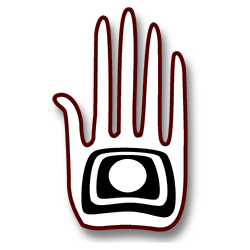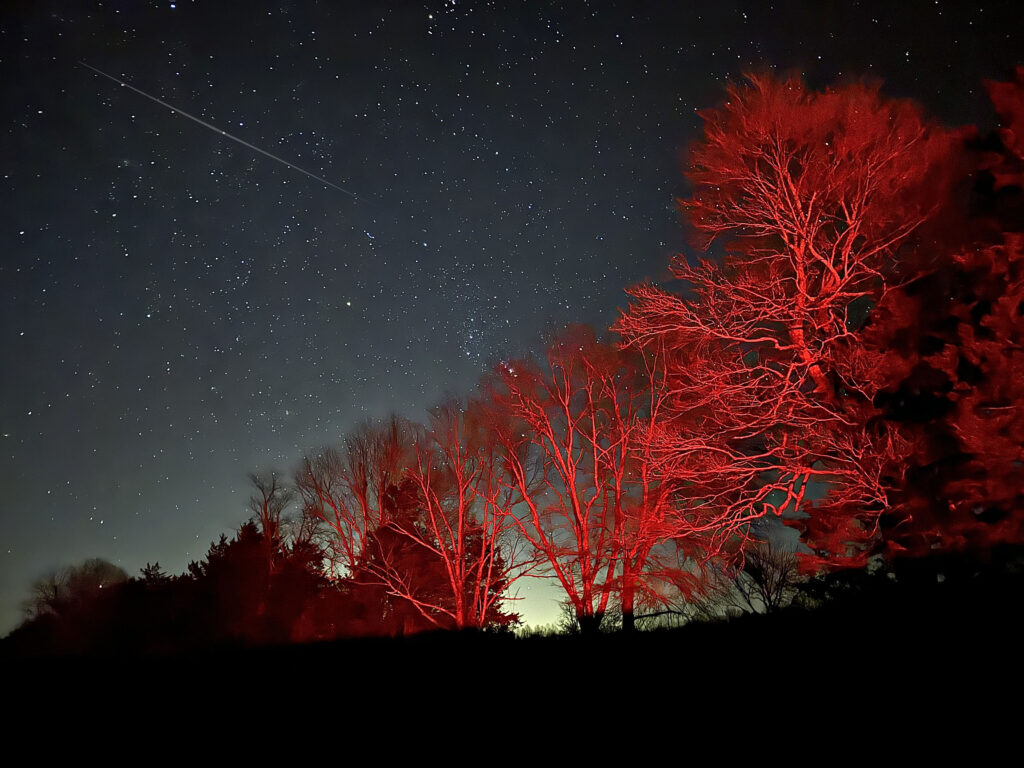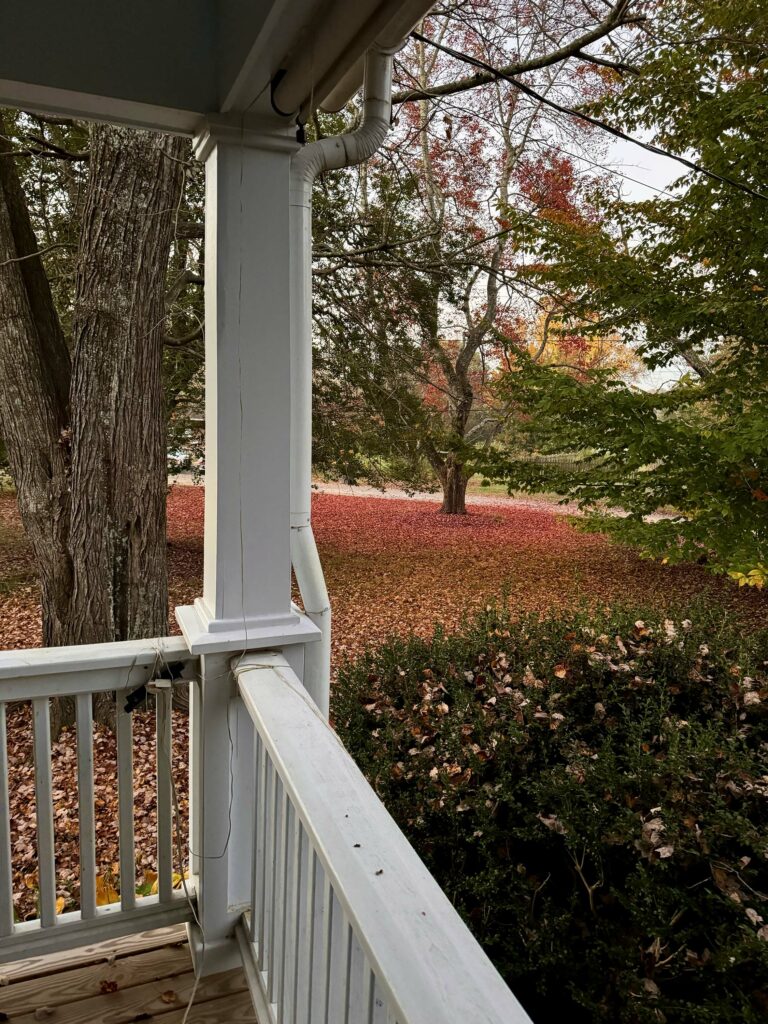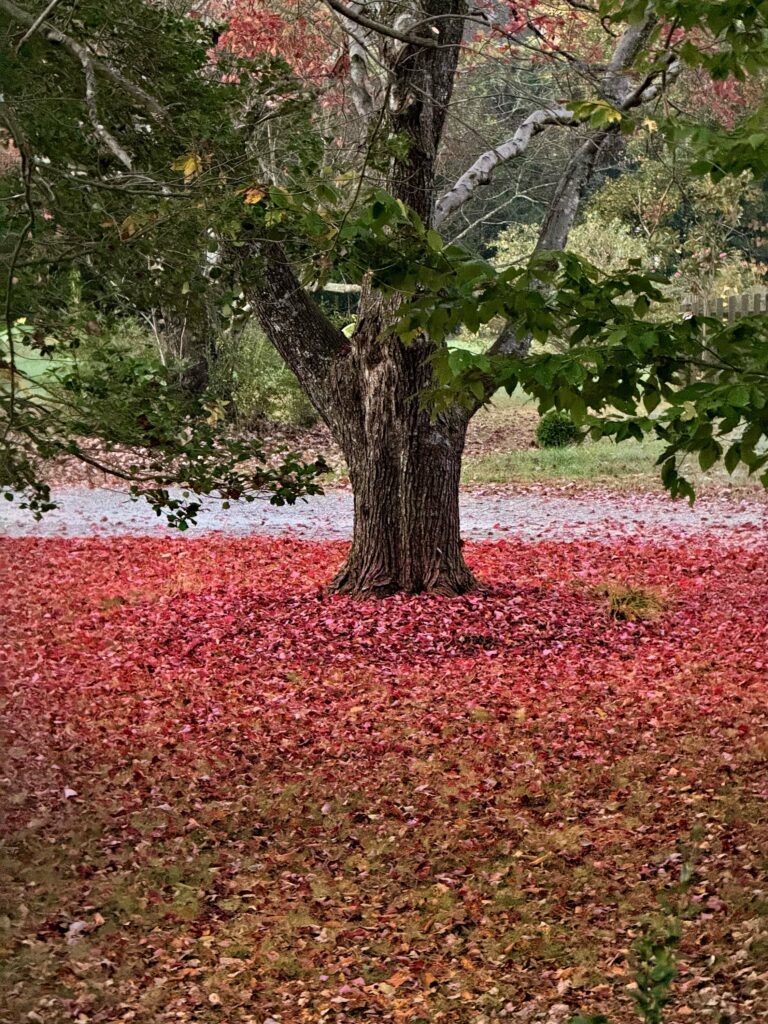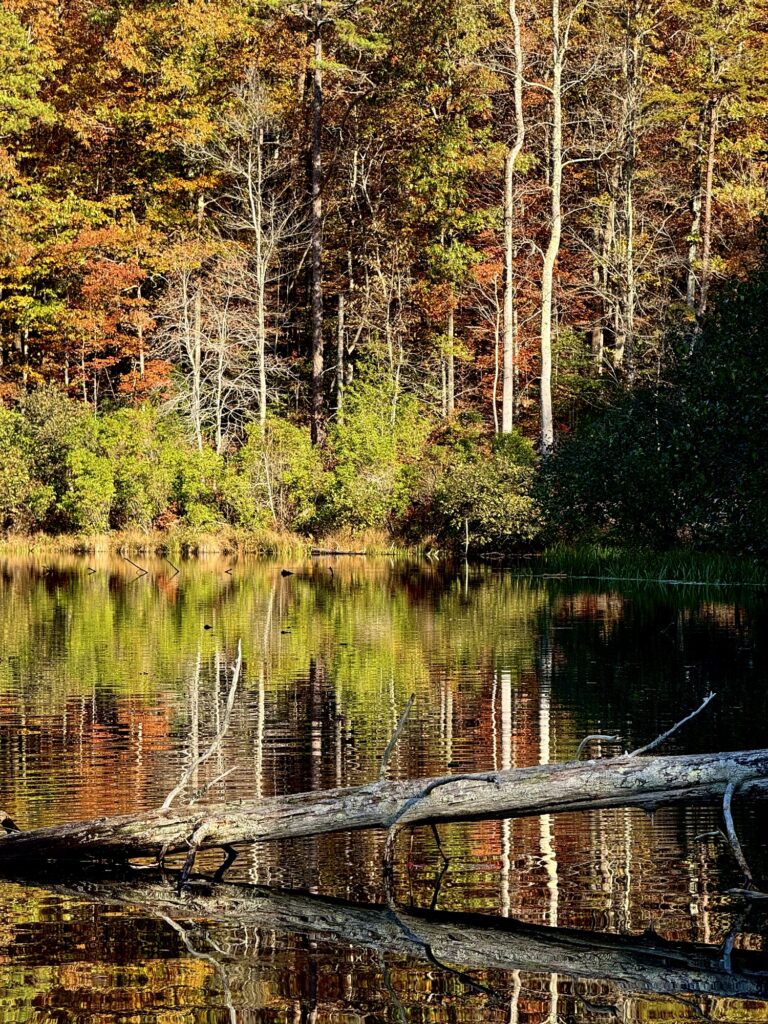
T finished up 38 pieces of art for a show that opens Friday. We delivered everything on Sunday. It’s a really great body of work that’s been underway for most of the past six months. She was quite the dynamo in a fit of creative fervor.

I’ll post more updates here of the opening and the final gallery space over the coming weeks.
Here’s a blog post she just published of some background. Since the onset of COVID, when we had a lot of time and nowhere to go, she cut nearly 10,000 circles of paper. By hand. Some of those are now included in four pieces in the show.

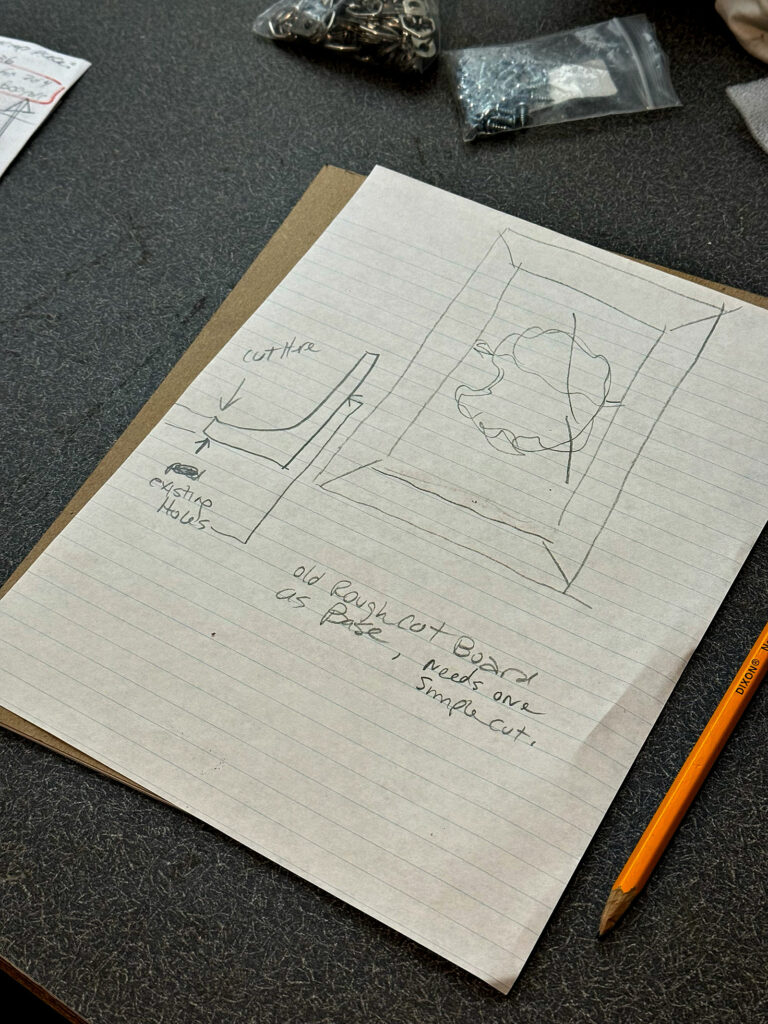
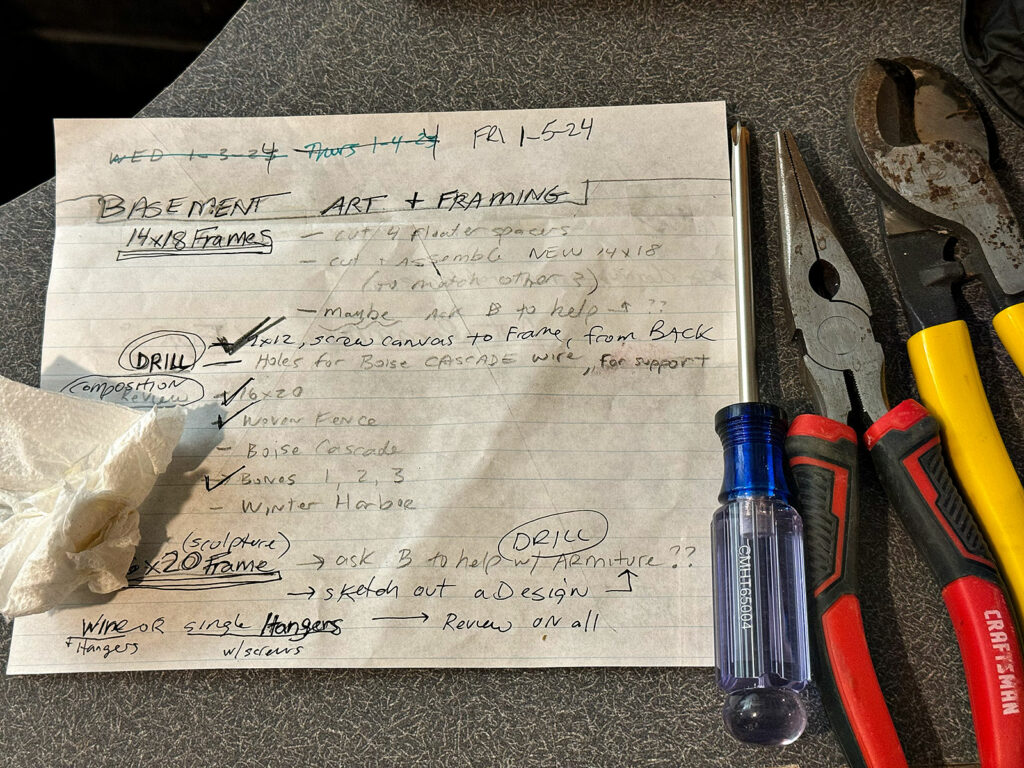
We had a nice trip over the mountain to Staunton, one of our favorite nearby towns. And a very nice gallery space, too. They’ve posted info about the show here, featuring some of T’s work in the poster:
https://www.saartcenter.org/cut-up-and-put-together




